Story Submitted by: Alaskababyrn
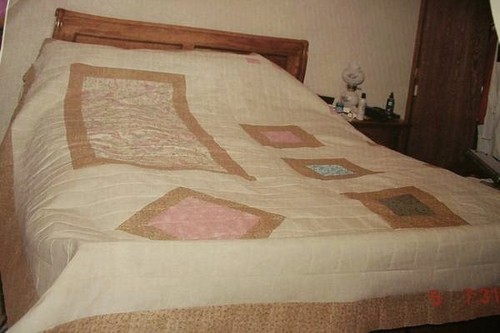

Congratulations to "bostonterrierquilter" and "denzilnjudy". They are the winners of the Name the Block Contest.
Thank you all for participating. How many of you think I'm going to get a surprise "thank you" note from Barbara Brackman?
This year Quilting in the Garden at Alden Lane Nursery in Livermore Ca. was over the top. Featured artist was Joen Wolfrom and special guest Melinda Bula. There were also quilts submitted by local quilters. All in all, the over all effect was breathtaking. Prior to Saturday and Sunday, classes were held by all three of us including Cindy Needham, one of our favorite TQS friends (Watch Show 202). Hand selected vendors were there, making this a must attend event in the Livermore Valley.
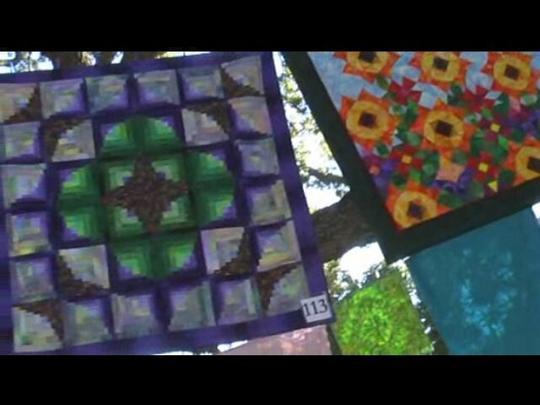
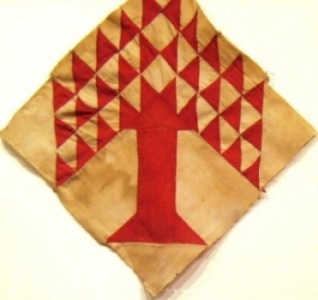
You get to see the names of the blocks and our newest feature. We are in our testing stages, but I think you will love this new "playground". Web Guru Bob has given us an "engine" that shows a lot of pictures on a page.
How did you do in identifying blocks?
The Winners will be announced in a few hours.
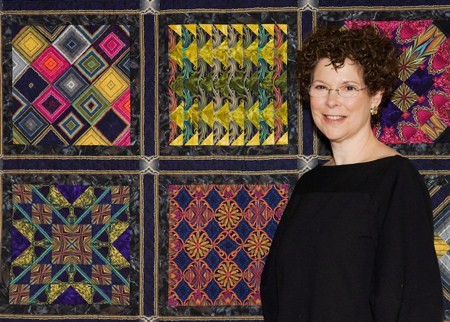
Photo by Gregory Case
From the artist who has intrigued us for years with her stunning Kaleidoscope quilts comes a new presentatin chock full of inspiration. Join quilt artist Paula Nadelstern as she teaches us to design an intricate-looking quilt that "fools the eye" by combinig easy block design with "complext" fabric. It's all about using simple tools...and fabrics that help to disguise seamlines. To watch the show, click here or subscribe here.
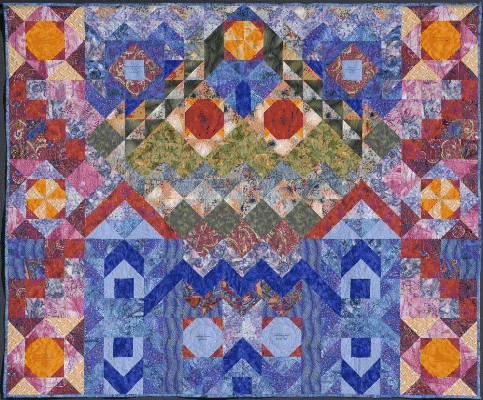
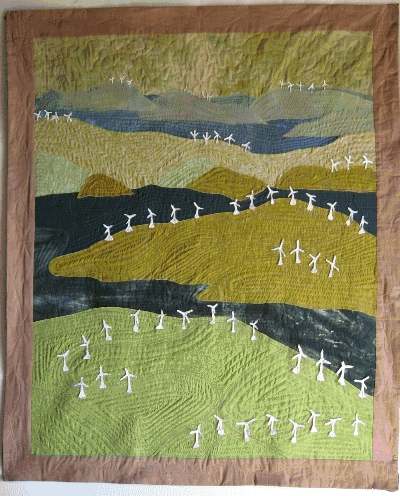

Mountain Mist is sponsoring the latest exhibit at the International Quilt Study Center and Museum in Lincoln, NE. "Crafting a Better Planet" required entrants to use all-natural materials in the construction of their quilts. Winners were selected by a panel of jurors.The exhibit features eleven contemporary quilts all with planet-friendly themes. A sneek peak of the quilts are shown above. The top three quilts and artists are: "City Bikes Two" by Marta Amundson of Riverton, Wyoming; "Small Things Make a Difference" by Shelly Burge of Lincoln, Nebraska; and "Kirei" by Ginnie Hebert of Puyallup, Washington. The exhibit runs from September 5, 2008 - November 9, 2008.
The International Quilt Study Center & Museum is an academic program of the Department of Textiles, Clothing, and Design in the College of Education and Human Sciences at the University of Nebraska-Lincoln. Even their building is GREEN: The new home of the Center was designed to meet requirements for the US Green Building Council's Leadership in Energy and Environmental Design certification. The Center's world-class collection features more than 2,300 quilts. For information on the Center and their other programs, log on to www.quiltstudy.org.
Unlike recently used petroleum based polyester batting, Inego fiber--generically known as polylactide (PLA)--comes from fermented sugars found in plants. This revolutionary process in textiles and fibers is patented by Nature Works, LLC, and produced at their Ingeo plant in Blair, NE. For more information on Mountain Mist (a TQS sponsor!) and their EcoCraft line of batting, visit www.mountainmistlp.com.
"Whilst in La Veta in March 2008 with my 3 Sisters, in amongst our work and laughter creating our 2nd collaborative quilt, we had permission to dig through Ricky's scrap box and fossick (rummage) through the studio shelves amongst the odds and sods in case there was something we could use. We found glue, a sponge to paint with, scrap paper for sketching...a few bits that were handy. I dug a bit too deep and found a length of fabric that not only called to me...it yelled!
Originally a black and white commercial print, more black than white with a swirly fine dot pattern that had been over-dyed with tans, greens, golden yellows, burnt oranges and occasionally plums. I put on my best puppy eyes and asked Ricky if I could purchase the 2 yard piece from him.
"No, you can't." "But I need it...it's perfect...can we go halves on it?" "No we can't." Etc. Ricky then explained it was a gift from a friend and he could not give it away or sell it...it just was not right. I kinda begged him...but, but, but...I have plans for it...I explained how inspired I had been from being so up close and personal with his Rhapsody book and the potential it had for people to create such a variety of their own pieces. I then revealed all and started to describe my idea for an Australian Rhapsody quilt, using this particular over-dyed dot fabric to bring the Aboriginal dreamtime dot painting into the piece...he liked the sound of it and said..."you can have this fabric, but you gotta make the quilt and we gotta see it here first!"
As described in Ricky's book I started with my triangle. I worked the design over about fifteen times...should not have been hard I know, but I was planning my shapes and predicting the areas that the lines would create. Ricky's quilts usually have flowers, urns, flowing organic shapes, and other abstract eye pleasing shapes that are appliqued. To make this an Australian Rhapsody I intended to have all things Aussie in the applique and quilted areas...specifically kangaroos, emus, snakes, lizards, koalas, cockatoos, etc. So, with these animals and their shapes in mind, I designed the structure of my quilt with shaped areas that would lend themselves to these animals.

Original Seleton Sketch by Helen Godden
I had a stack of Ricky's beautiful hand dyed fabrics in all the earthy brown, tan, orange, gold, red, and dirty green that I love from my homeland. I also had a piece of beautifully striped Indonesian batik in olive, mustard, and burnt orange. I was ready to begin using my color palate and design.
Enlarging the design 300% using a photocopier made the areas big and workable for the animals. Looking through Ricky's book I could not see him using a striped fabric, but, this is Aussie, we don't follow convention. I rotated the striped fabric around so that the stripes radiates from the middle like the heat of our sun. The dotty over-dyed fabric runs throughout the design as a ribbon, giving a hint of Aboriginal design origins, adding to the overall Aussie flavor. All of the animals would be in black to stand out against the strong colored background and to give unity to the wide range of colors and textures I plan to use.
Ricky's book explains very well with photos and step by step how to piece the various shapes together for the base, curves and all. Well again, this Aussie does not follow rules. I decided to applique all the pieces together on a base fabric rather than piecing. Iron-on webbing manufacturers love me a I seemingly eat the stuff. So lots of iron-on webbing later, I have the pieces all ironed on the base, carefully overlapping and underlapping one shape to another, creating a 6-foot base.

Photo by Helen Godden
I played with the the fancy stitches on my Husqvarna Sapphire 870 and found a stitch that created a solid satin stitched dot joined by five straight stitches. I increased the size so the dots were about 1/4" in diameter every 1/2" along the stitch line. This gave a wonderful neat edge to the applique and enhanced the Aussie Aboriginal dot painting idea.
I then put on a favorite movie and started cutting out the animals. In total I cut twenty kangaroos in a variety of eight jumping positions. I then cut out twenty emus, standing, sitting, pecking, but not flying...second biggest bird in the world with the tinniest, quite embarrassing excuse for wings actually...as the song goes, "Emu can't fly but I'm telling you, Emu ran the pants off a Kangaroo". The design includes emu eggs and chicks which are actually born dark gray with white stripes that gradually then turn solid gray as they mature. Did you know it is the male emu that sits and tends to the eggs for months without leaving his nest? Woman's liberation at its finest.
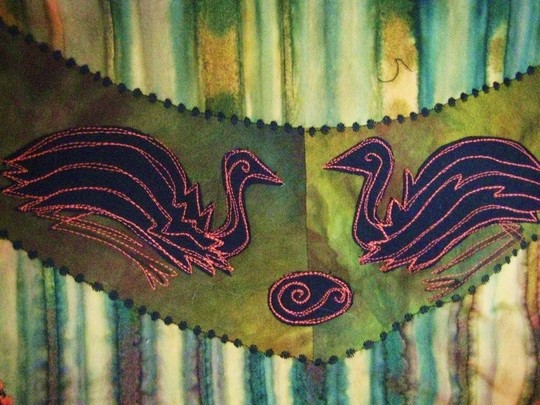
Photo by Helen Godden
The kangaroo and emu are the animals depicted on Australia's Coat of Arms. Do you know why these two animals represent Australia? Because neither of them can walk backwards due to their very long, big feet. They represent our forward moving culture...so the theory goes. I have very long, big feet...definitely Australian.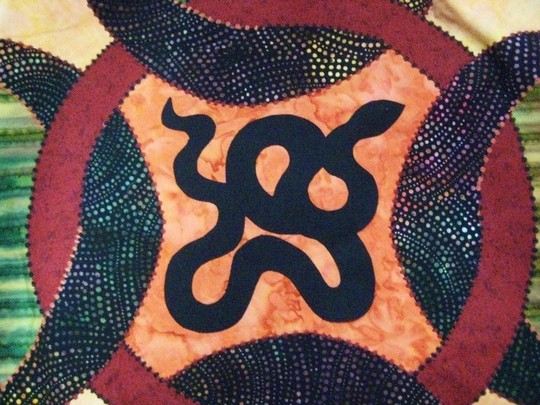
Photo by Helen Godden
My Aussie Rhap now has a snake in the middle. I like the snake in the middle...then I know exactly where it is and I can keep my eye on him. Not so keen on snakes but they are all a part of the big balance of nature I guess... still don't like them. In Aboriginal dreamtime legends, the Rainbow Serpent, a huge snake is said to have moved across the land and shaped the mountains, valleys, rivers, etc. I like having the snake there to acknowledge this ancient history of our land." Helen Godden
Stay tuned for more as Helen begins adding more stitching details to the quilt.
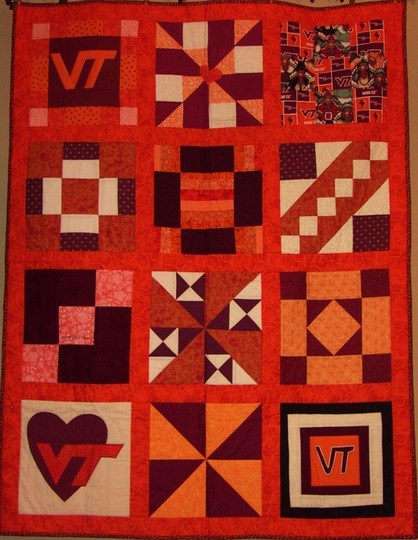
Virginia Tech Quilt for the Cueva Family
Over three hundred quilters from around the world generously gave of their time and materials by sewing blocks for the Virginia Tech Project founded by Agelina Kendra. Sixty five quilts have been completed and delivered to Blacksburg, VA where they will be distributed to family members and the University. The Roanoke Times tells the story of this incredible project that began with a simple e-mail conversation. To read the entire article click here. To see each of the family quilts being presented click here.
Capt'n John--Okay I now realize that I'm in trouble. I took the names of the blocks off the wall of the museum. Based on your comments, I then looked some of them up in Barbara Brackman's Enclyclopedia. Yes there are a lot of names for some of the blocks. Sometimes the museum used a very generic naming convention. For instance, look at the block below. The museum called it "A Square in a Square". Well that covers a lot of ground. I couldn't even find this block in the encyclopedia. What would you say the name is?
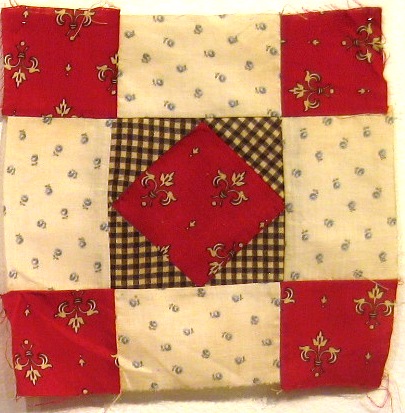
I have a feeling that when I publish the names, there may be some "discussion". Maybe we should start with religion or politics and work our way up to quilt block names? Actually this is a lot of fun. So tomorrow we publish. Just a note, before you respond, I'm known for being kind to pets and small children.
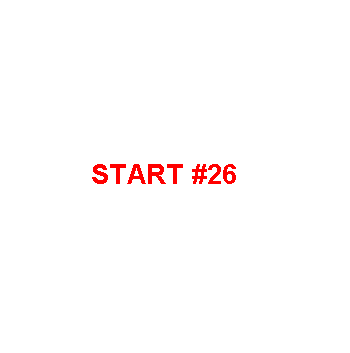
This is the final 5. Now is the time to list all 30 of your choices and email them to us. Don't take too much time. If you haven't been keeping track here's a shortcut. Just send us an email that says, "I want to Win". We will collect all the entries through Monday at Midnight EST. Then we will announce the winners on Tuesday. So here's the email address to send in your entry. Just one per person. You do not need to have all the answers right.
Thank you for playing. I hoped you saw some patterns you hadn't seen before, and put names to ones you had seen but didn't know. Thank you again to Susan Brooks and the Bedford Gallery in Walnut Creek California.